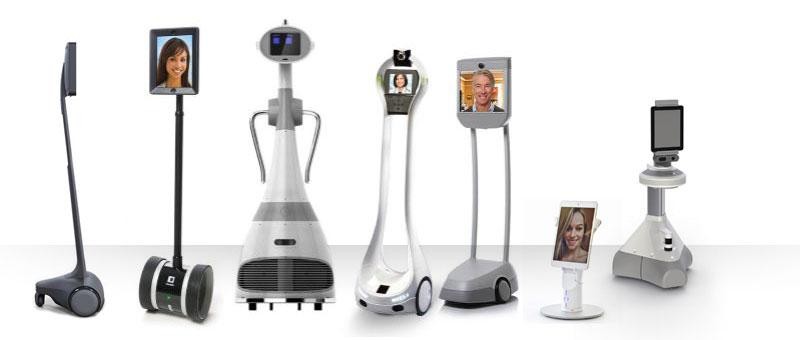A rapidly changing world in which technological advances continue to change the way we live our existence, the appearance of robots that telepresence make the beginning of bridging geographical distances and redefining human interaction. The robots, which are equipped with cutting-edge technologies, bring a new dimension to remote interaction, offering an exciting and immersive experience, which transcends the limitations of traditional video conference. In the realm of telepresence robotics, we uncover their transformative potential in a wide range of sectors.
The concept of telepresence dates in the past few decades, but more recent advancements in robotics, connectivity, and interfaces for users have turned the concept of telepresence into something remarkable. Telepresence robots are designed to allow users to remotely inhabit the physical environment and communicate with their environment live in real time. This is achieved by making use of the latest technologies, such as high-definition cameras, microphones, speakers, and mobility devices. These components enable people to be able to perceive, hear and even speak to the robot just as if were actually present.
Telepresence robots’ applications encompass a range of industries, each reaping the benefits from this technology by utilizing it in a unique manner. Within the field of healthcare, telepresence robotics can enable doctors to conduct remote consultations and rounds, allowing accessibility to expert advice regardless of distance. In the same way, education is embracing robots to provide virtual learning experiences to students who aren’t able to visit in person, encouraging inclusion and closing the gaps caused by physical constraints. In addition, companies have introduced telepresence robots for remote collaboration with teams around the world, breathing new life into the idea of virtual meetings.

The impact of telepresence robot extends way beyond convenience for individuals as it makes inroads into various industries. In the field of healthcare robotics, they allow physicians to conduct remote consultations, providing medical knowledge to the underserved regions. Patients will receive diagnosis and treatment advice without having to travel, revolutionizing the way health care is provided. In the field of education, telepresence robots allow those who cannot attend classes in person to be able to attend classes online and continue to learn despite physical limits. Corporate landscapes are changing, and robotics that telepresence redefine remote working with the help of a physical presence in offices to facilitate better collaboration and engagement within teams.
The field of education is not unaffected by the telepresence robot revolution. They have created the possibility of remote learning which allows students to attend classes, interact with teachers, and even collaborate with peers. This is particularly valuable for individuals who are unable to participate in classes due to geographical constraints or health issues. Robots that can be telepresence serve a major role in special education by ensuring that children with disabilities are able to fully participate in classroom events and social interaction.
While the potential of the telepresence robots are certainly exciting however, there are a number of issues that need to be overcome before their mass application. The first concern is the security and privacy of the data transmitted through these robots as they’re often used to enter sensitive environments. Additionally, there is an urgent need to further advance in navigation and mobility technology to ensure that telepresence robots will be able to effortlessly navigate environment without fear of collisions.